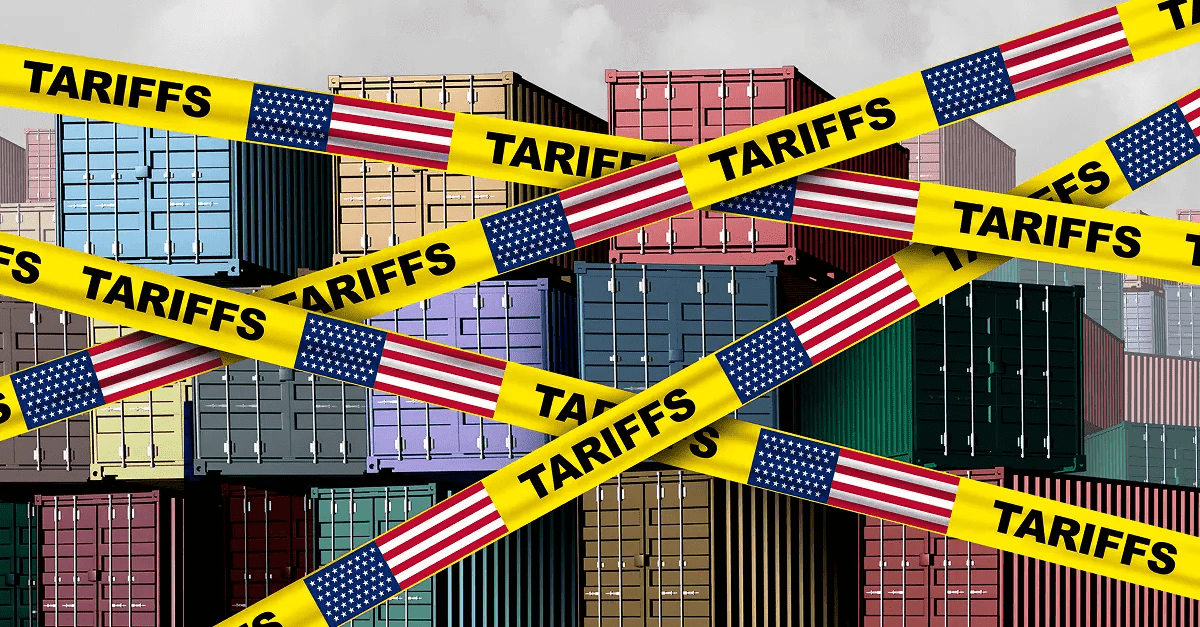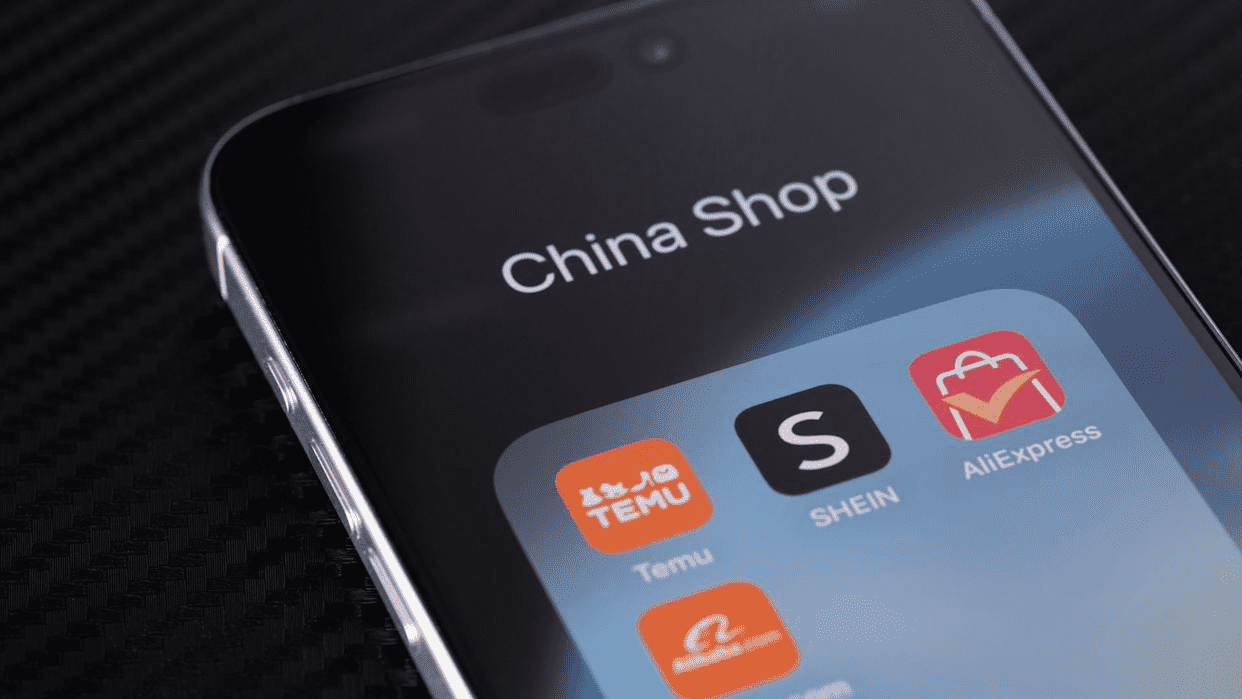Temu and Shein Face Massive Tariffs. But Don’t Count Them Out of the U.S.

In a major blow to China’s e-commerce giants, the U.S. government’s elimination of a key tariff loophole has exposed Temu and Shein to skyrocketing import duties—up to 120% or a flat 100 fee (rising to 200 in June) on goods shipped from China. But experts warn against writing off these apps just yet.
The Tariff Tsunami

For years, Temu and Shein relied on the de minimis rule, which allowed imports under $800 to enter the U.S. duty-free. This enabled them to sell trendy clothes, electronics, and household goods at razor-thin margins, disrupting American retailers like Amazon and Walmart. But on Friday, that loophole closed.
The immediate impact: Prices on Temu and Shein soared. For example, a 10 dress from China now carries a 20 tariff, effectively doubling costs. In response, Temu halted direct shipments from China, while Shein accelerated plans to diversify its supply chain to countries like Turkey, Mexico, and Vietnam.
Yet experts say these moves are just the beginning of a larger strategy.
com.einnovation.temuHow Temu and Shein Are Adapting

- Localizing the Supply Chain:
- Temu is shifting to U.S.-based warehouses, stocking goods imported in bulk (which still face tariffs but benefit from economies of scale).
- Shein is expanding manufacturing in Latin America and Southeast Asia to circumvent tariffs.
- Onboarding U.S. Sellers:
Both platforms are recruiting American businesses to sell directly on their apps. While margins are slimmer than Chinese imports, Temu and Shein offer lower fees and marketing support compared to Amazon.
- Gamification and Discounts:
Temu’s “mega sales” and Shein’s constant promotions (e.g., 1.45 earrings, 11.54 mattress pads) keep shoppers hooked. Even with tariffs, their prices often remain 50% lower than Amazon for comparable items.
com.zzkkoWhy They’ll Survive—and Thrive

- Agility: As Jason Wong of Temu puts it, “If a dollar store raises prices from 1 to 2, it’s still a dollar store.” Temu and Shein thrive on volume, absorbing costs through sheer shopper numbers.
- Consumer Psychology: Flash sales, mystery boxes, and push notifications trigger impulsive buys—a strategy that’s hard to resist, even at slightly higher prices.
- Retailer Weakness: Traditional U.S. brands like Forever 21 blame Temu and Shein for their woes, but experts argue American retailers were slow to adapt to fast fashion and hyper-discounting.
com.einnovation.temuThe Bigger Picture

Tariffs may slow Temu and Shein’s growth, but they won’t kill their U.S. ambitions. As Coresight Research’s Deborah Weinswig notes:
“These apps are built for chaos. They’ll pivot to local suppliers, tweak prices, and keep gaming the system. The real threat isn’t tariffs—it’s whether American shoppers will tolerate slightly higher costs for their addiction to cheap thrills.”
Indeed, as long as U.S. consumers prioritize affordability over patriotism, Temu and Shein will remain a force to reckon with.
com.zzkkoThe Verdict: Tariffs sting, but Temu and Shein’s playbook—aggressive pricing, relentless innovation, and a deep understanding of American bargain hunters—ensures they’ll stay in the game. Brace yourself for a summer of sticker shock, but don’t expect these apps to disappear anytime soon.




